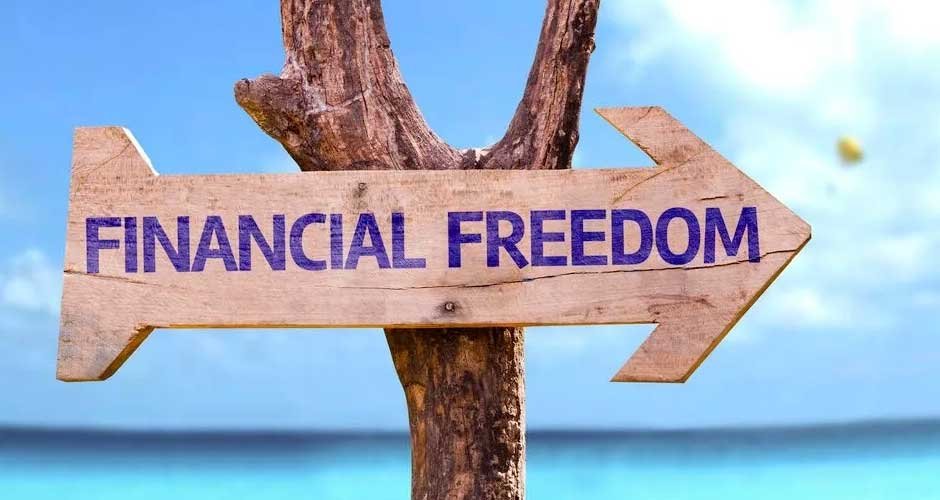Dreaming of a life where financial worries are a thing of the past? Achieving financial freedom isn’t just a distant fantasy—it’s a tangible goal that anyone can work toward with the right mindset and debt relief strategies. In this article, we’ll explore a comprehensive 7-step process to help you break free from the shackles of financial stress and pave the way to a brighter future.
Defining Your Financial Goals
The first step on the path to financial freedom is to define your goals clearly. Whether it’s paying off debt, saving for retirement, or building an emergency fund, knowing what you’re working toward is essential. Start by assessing your current financial situation, including any outstanding debts, expenses, and income. Then, set specific, measurable, achievable, relevant, and time-bound (SMART) goals that align with your values and aspirations.
Creating a Budget That Works
Once you’ve established your goals, it’s time to create a budget that will serve as your roadmap to financial success. A budget helps you track your income and expenses, identify areas where you can cut back, and prioritize your spending. Allocate a portion of your income toward debt repayment, savings, and investments, while ensuring you have enough for essential expenses and discretionary spending. Consider using budgeting tools or apps to streamline the process and stay on track.
Building an Emergency Fund
An emergency fund is your financial safety net, providing peace of mind and protection against unexpected expenses or income disruptions. Aim to save three to six months’ worth of living expenses in an easily accessible savings account. Start by setting aside a small portion of your income each month until you reach your target. Having an emergency fund in place will help you weather any financial storms that come your way without resorting to borrowing or dipping into long-term savings.
Paying Off Debt Strategically
Debt can be a major obstacle on the path to financial freedom, weighing you down with high-interest payments and limiting your financial flexibility. Implement a debt repayment strategy that prioritizes high-interest debts while making minimum payments on others. Consider strategies such as the debt avalanche method, where you tackle debts with the highest interest rates first, or the debt snowball method, where you focus on paying off the smallest balances first to gain momentum.
Investing for the Future
Investing is a key component of building long-term wealth and achieving financial freedom. Whether it’s through retirement accounts, stocks, bonds, or real estate, investing allows your money to work for you and grow over time. Start by educating yourself about different investment options and risk levels, and consider seeking guidance from a financial advisor if needed. Stay focused on your long-term goals and avoid making impulsive investment decisions based on short-term market fluctuations.
Continuously Educating Yourself
Financial literacy is a lifelong journey, and staying informed about personal finance topics is essential for achieving and maintaining financial freedom. Take advantage of resources such as books, podcasts, online courses, and workshops to expand your knowledge and skills. Stay up to date on economic trends, investment strategies, and money management techniques to make informed financial decisions that align with your goals.
Celebrating Milestones and Staying Motivated
Finally, celebrate your progress and milestones along the way to financial freedom. Whether it’s paying off a credit card, reaching a savings goal, or achieving a significant investment milestone, take time to acknowledge your accomplishments and reflect on how far you’ve come. Use these moments as motivation to stay committed to your financial journey and keep moving forward toward your ultimate goal of financial freedom.
Conclusion: Embracing the Journey
In conclusion, achieving financial freedom is a journey that requires patience, discipline, and dedication. By following these seven steps—defining your goals, creating a budget, building an emergency fund, paying off debt, investing for the future, continuously educating yourself, and celebrating milestones—you can break free from the cycle of financial stress and create a more secure and prosperous future for yourself and your loved ones.






